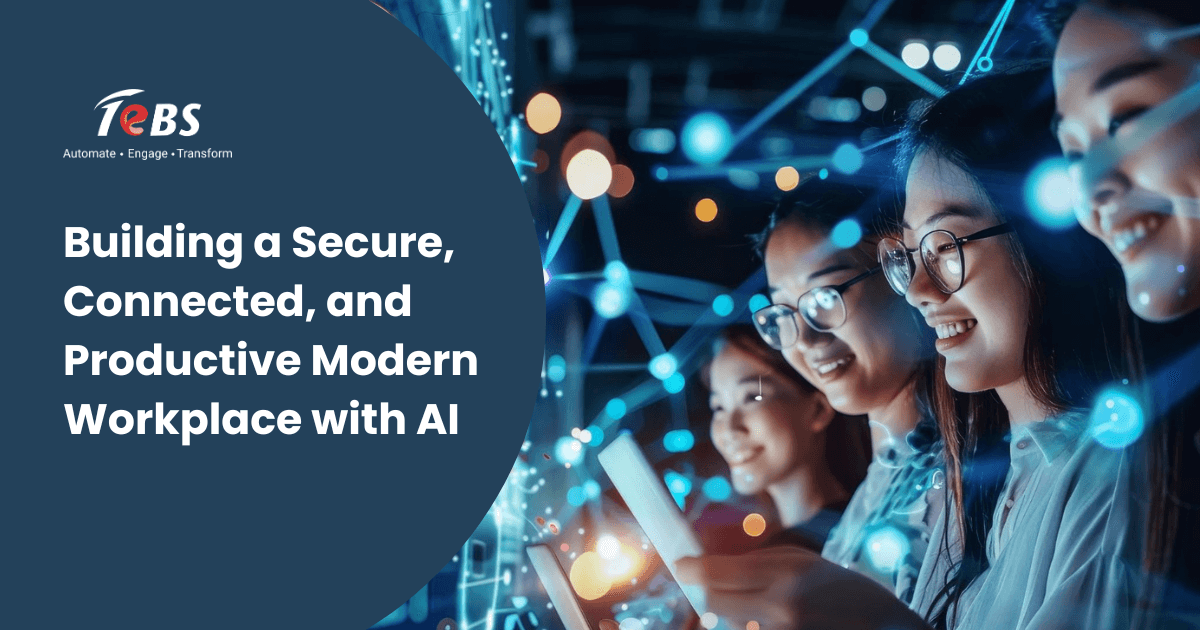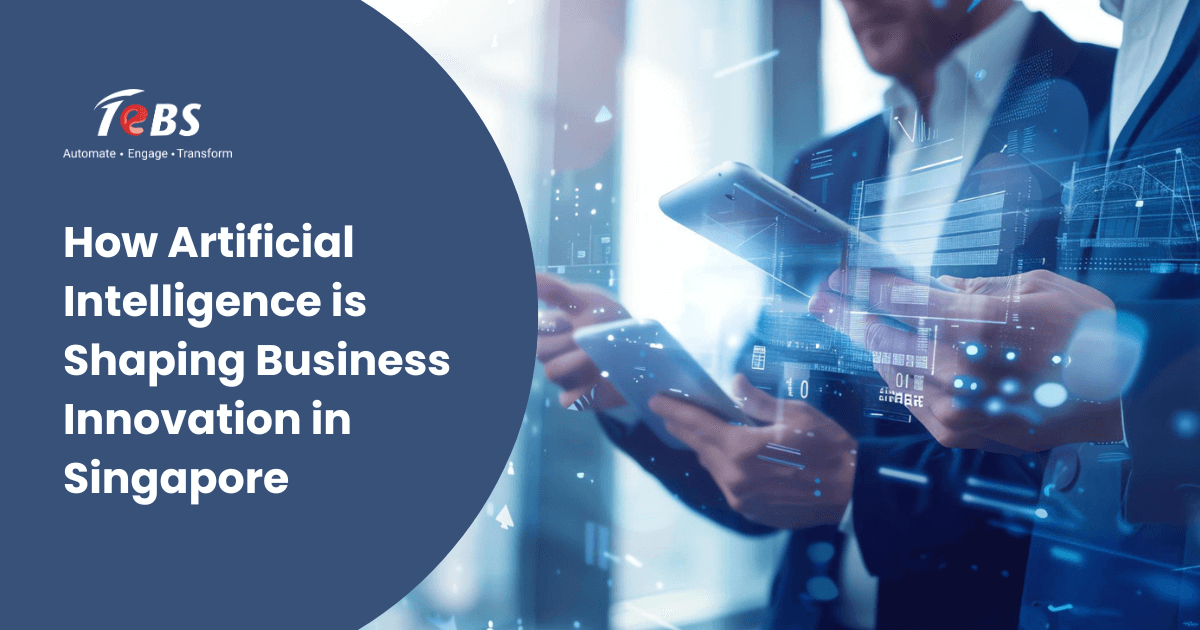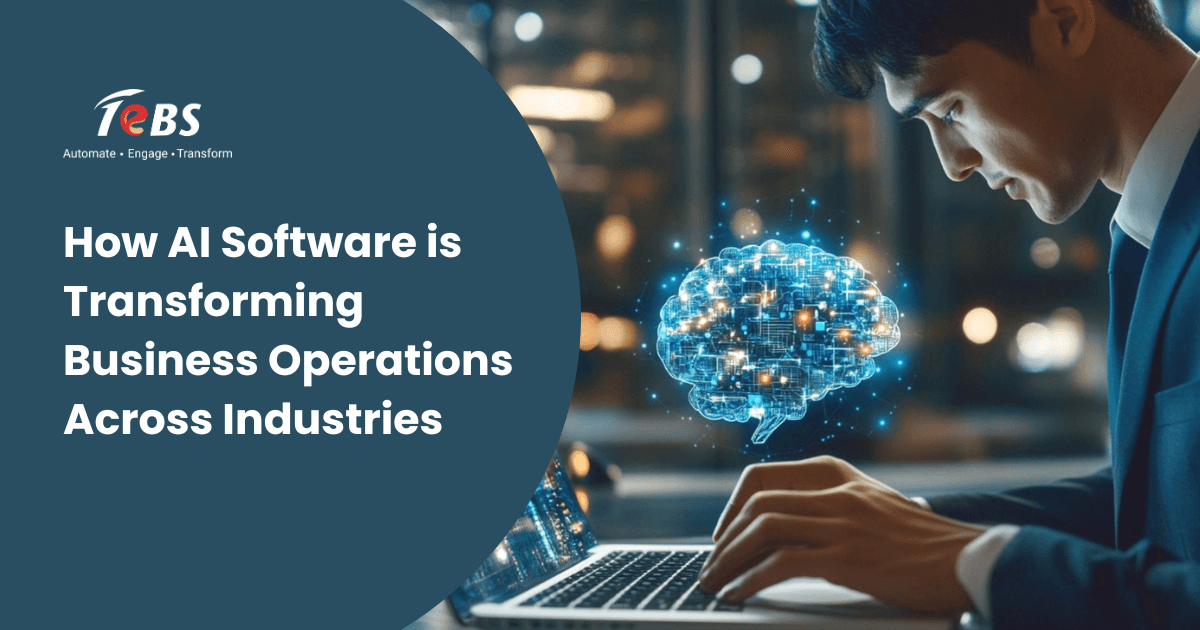In a world where digital transformation is accelerating across sectors, nonprofit organizations (NPOs) are not being left behind.
Despite often working with limited resources, nonprofits are finding innovative ways to leverage emerging technologies to expand their reach, streamline operations, and deliver greater impact.
From AI-powered analytics and automation to cloud platforms and data-driven decision making, technology is enabling nonprofits to do more while amplifying their mission and broadening community engagement.
The Changing Landscape of Nonprofits in the Digital Era
Nonprofits have always operated under pressure from tight budgets, stretched human resources, and increasing community needs. But the 21st century presents a new wave of challenges: donor fatigue, data management complexity, and the demand for measurable impact.
To stay relevant and effective, nonprofits must now operate with the agility and efficiency of modern enterprises. This shift has given rise to what we call the Digital NPO, an organization that strategically uses technology to meet its goals, strengthen stakeholder relationships, and deliver meaningful, measurable results.
Key Challenges Nonprofits Face Today
Before diving into the solutions, it’s important to understand the roadblocks that nonprofits typically encounter:
- Limited Operational Budget: Many NPOs rely on grants and donations, leaving minimal funds for infrastructure upgrades or staff training.
- Manual Processes: Outdated systems or spreadsheets make donor management, volunteer coordination, and reporting time consuming and error prone.
- Lack of Data Visibility: Without centralized data, nonprofits struggle to measure impact, engage donors meaningfully, or make informed decisions.
- Scattered Communication: Multiple channels and tools can fragment communication with stakeholders, weakening engagement.
Emerging technologies are now helping overcome these hurdles, driving both operational excellence and programmatic success.
Emerging Technologies Powering Nonprofits
Here’s how various technologies are redefining how nonprofits function:
1. Cloud Based Platforms
Cloud computing allows nonprofits to run their operations from anywhere, anytime. Tools built on platforms like Microsoft Dynamics 365, Office 365, and Azure offer scalable, secure environments to manage data, communications, and stakeholder interactions. These platforms ensure data integrity, streamline collaboration, and are cost effective to maintain.
2. AI and Data Analytics
Artificial intelligence (AI) and machine learning are being used to analyze donor behavior, personalize outreach, and forecast fundraising trends.
AI-driven insights help organizations deliver tailored services to beneficiaries and increase the effectiveness of marketing and fundraising campaigns.
3. Automation Tools
Workflow automation can significantly reduce manual effort across donor management, case administration, event planning, and volunteer coordination. This helps staff focus on mission critical tasks while reducing administrative overhead.
4. Mobile and Self-Service Portals
NPOs are increasingly adopting mobile apps and online portals to facilitate donor self-service, volunteer onboarding, and client interactions.
This ensures accessibility and engagement while reducing the need for direct staff intervention.
5. CRM and Integrated Systems
Consolidated platforms that integrate constituent relationship management (CRM), marketing, finance, and operations provide a 360° view of all activities. This enables smarter decision making and better engagement with communities.
H2: CareSenz-Empowering Digital NPOs
One of the platforms making a difference in this space is CareSenz developed by TeBS (Total eBiz Solutions).
Built on Microsoft Dynamics 365 and integrated with Office 365, Power BI, and Azure, CareSenz is helping nonprofits become digitally resilient and community focused.
CareSenz supports nonprofits across eldercare, mental health, community development, and more particularly across Asia.
It offers specialized tools for fundraising, volunteer management, case tracking, event execution, and donor engagement all within a centralized, scalable system.
Key Features of CareSenz That Enable Nonprofits to Do More with Less
1. Fundraising & Donor Management
CareSenz simplifies the entire donor lifecycle. From donor profiling and engagement tracking to personalized email campaigns and automated donation receipts, nonprofits can monitor and optimize every touchpoint.
A donor self-service portal and real time dashboards provide transparency and operational ease.
2. Volunteer and Member Management
CareSenz helps manage the complete volunteer journey from recruitment and onboarding to scheduling and reporting. Its smart rostering tools automatically suggest the right volunteers for specific tasks based on skills, availability, and location.
3. Case & Counselling Management
Used extensively in eldercare and mental health services, CareSenz enables nonprofits to track client lifecycles, assign case workers, monitor counseling sessions, and generate outcomes-based reports.
Self-service portals also allow clients to manage appointments and documents independently.
4. Centre and Event Management
From managing walk ins and staff scheduling to planning events, CareSenz brings efficiency to facility-based operations. Organizations can oversee both online and offline events, track volunteer hours, and synchronize calendars for seamless execution.
5. Marketing and Community Engagement
CareSenz empowers nonprofits to run targeted marketing campaigns, integrate with social platforms, and engage donors through newsletters and automated updates. This expands their reach and builds stronger relationships with stakeholders.
6. Built for Scale and Integration
Thanks to its modular architecture and cloud base on Azure, CareSenz can grow with the organization. It also includes chatbot support (via Microsoft Bot technology), mobile accessibility, and in-built analytics for real-time reporting.
The adoption of platforms like CareSenz reflects a broader shift in the nonprofit sector from reactive, manual efforts to strategic, technology-enabled impact. Here’s how nonprofits benefit:
- Greater Transparency: Dashboards and automated reports help provide clear visibility into program performance and donor ROI.
- Increased Efficiency: Automation frees up staff time, allowing them to focus on delivering care and services.
- Improved Engagement: Personalized communications and self-service portals make donors, volunteers, and beneficiaries feel more connected.
- Scalability: Tech platforms ensure nonprofits can grow without significant increases in overhead.
- Better Decision Making: Data insights guide resource allocation and program development.
Building a Sustainable Digital Future for Nonprofits
As the demand for services rises and funding sources become more competitive, nonprofit organizations must embrace emerging tech not just as a support tool, but as a core enabler of their mission. Digital transformation is not a luxury; it’s a necessity.
At TeBS, we believe in empowering nonprofits to become DIGITAL NPOs. Our commitment to social impact is embedded in CareSenz. Designed to be accessible, modular, and powerful enough to meet the complex needs of community service organizations.
Whether you’re a small nonprofit looking to improve donor tracking or a large organization managing multiple care centers, CareSenz adapts to your size, goals, and needs.
Ready to Drive Greater Impact?
The future of nonprofits lies in doing more with less and doing it better. With emerging technologies like CareSenz, your organization can maximize outreach, automate operations, and build stronger, lasting community connections.
Contact us today at [email protected] to learn how CareSenz can help transform your nonprofit into a digital powerhouse.





